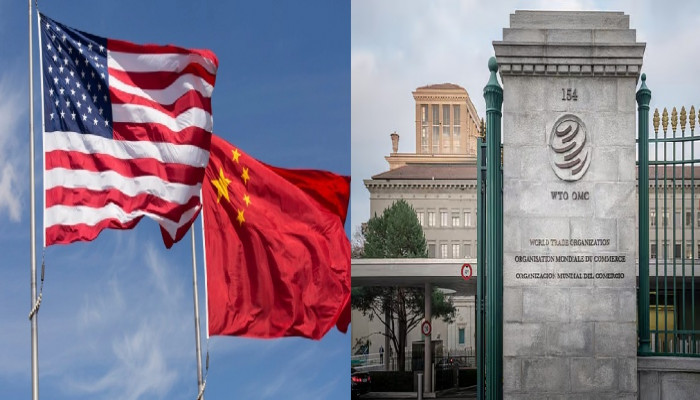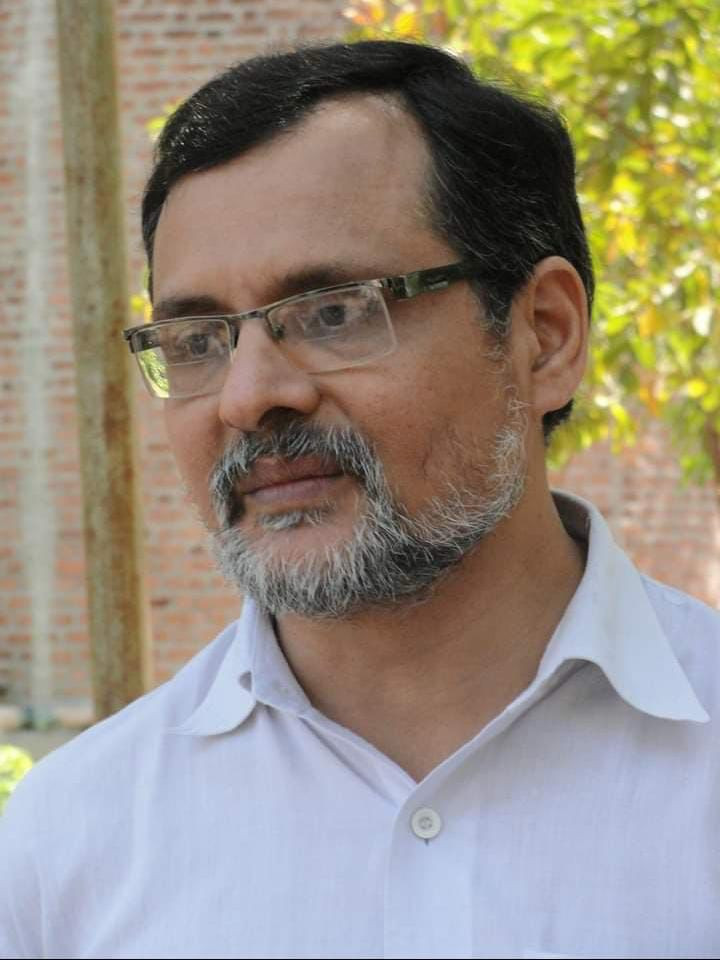WTO Metamorphosis: From US Founded System to CCP-occupied China's tool
- In Economics
- 01:22 PM, Aug 11, 2025
- Viren S Doshi
Historical Background - WTO, US S and CCP-occupied China
The United States indeed remains a member of the World Trade Organisation (WTO) till now, and it has been a member since the WTO's establishment on January 1, 1995, and was previously a member of the General Agreement on Tariffs and Trade (GATT) since January 1, 1948. There has been no formal withdrawal from the WTO by the US, despite serial criticisms from various administrations about its effectiveness and fairness.
WTO, by default, has allowed CCP-occupied China to retain its Developing Country Status despite its trade monopoly.
CCP-occupied China joined the WTO on December 11, 2001, after years of negotiations. It was granted developing country status based on the WTO’s self-declaration system, where members can designate themselves as developing countries to access special and differential treatment (SDT).
SDT includes flexibilities like longer transition periods for implementing trade rules, softer tariff cuts, and certain exemptions.
Why has CCP-occupied China retained developing country status in the WTO even now?
There are several reasons as listed hereunder-
1. Self-Declaration System: The WTO does not have objective criteria for determining developing country status. Countries self-declare, and this designation is rarely challenged unless significant economic evidence suggests otherwise. When CCP-occupied China joined, its per capita GDP was low, and it faced significant developmental challenges, justifying its classification as a developing country at the time.
2. Economic Context at Accession: In 2001, CCP-occupied China’s economy was significantly smaller than today (about 13% of US GDP), with widespread poverty, particularly in rural areas. Its self-declaration as a developing country aligned with its economic conditions then, despite its rapid growth since.
3. Negotiation Dynamics: During accession, the US, EU, and Japan imposed certain conditions on CCP-occupied China, a closed market, opaque system. However, they did not block CCP-occupied China’s developing country status, possibly to secure its integration into the global trading system, hoping to bring it to the open market someday. The focus was on tariff reductions and market access rather than challenging its designation as a developing country, as they didn't anticipate that CCP-occupied China would turn this privilege into a trade monopoly so soon.
4. WTO’s Inertia: The WTO’s framework, rooted in agreements from the Uruguay Round (1986–1994), lacks mechanisms to reclassify countries as their economies grow. CCP-occupied China’s economic rise (now the world’s second-largest economy) has not led to a formal reassessment of its status, as the WTO relies on consensus, and CCP-occupied China resists reclassification.
5. CCP-Occupied China’s Strategic Use of Status: CCP-occupied China leverages its developing country status to maintain protections, particularly in agriculture and allied sectors, where it cites ongoing rural poverty and small-scale farming. This allows higher subsidies and trade protections, which critics argue distort global markets.
The Impact on Global Trade
The skewed global trade situation in favour of CCP-occupied China stems from CCP-occupied China’s ability to exploit these flexibilities while becoming a global trade powerhouse despite being a completely opaque market.
For example, CCP-occupied China’s state-directed policies, covert and overt subsidies (as part of opaque systems) for state-owned enterprises (SOEs), and export controls (e.g., on rare earths) and opaque tax haven route operations to leverage trade opportunities through other entities have been criticised for creating unfair advantages, as seen in WTO disputes like the 2012 case brought by the US, EU and Japan.
How has the U.S. reacted to this skewed trade position?
The United States has been vocal in its opposition to CCP-occupied China’s developing country status and the broader WTO approach to SDT.
Key points include:
1. US Criticism of CCP-Occupied China’s Status: The US argues that CCP-occupied China’s economic size and global trade dominance (e.g., largest goods exporter since 2009) make its developing country status outdated and unjustified. A 2019 memorandum from the then-Trump administration called for reforming the WTO’s approach to prevent advanced economies like CCP-occupied China from claiming SDT benefits, citing metrics like CCP-occupied China’s high outbound and inbound foreign direct investment and its 120 Fortune Global 500 companies.
2. Push for Reform: The US has advocated for clearer criteria to define developing countries, arguing that self-declaration allows economically advanced and yet completely opaque CCP-occupied China to gain unfair advantages, such as longer compliance timelines and export subsidies. This harms both developed economies and less developed countries that genuinely need SDT.
3. Actions Against CCP-Occupied China’s Practices: The US has challenged CCP-occupied China’s WTO compliance through dispute settlement cases (e.g., intellectual property in 2007, rare earth exports in 2012) and unilateral measures like Section 301 tariffs in 2018 and recent tariff escalation following 2023 and 2024 USTR reports on CCP-occupied China’s WTO compliance, highlighting its “state-directed, non-market approach” as a major challenge, accusing it of distorting global trade through subsidies, SOE favouritism and intellectual property violations.
4. Broader WTO Frustrations: The US has expressed frustration with the WTO’s inability to address modern trade challenges, including CCP-occupied China’s non-market practices. The stalled Doha Round and the WTO’s outdated rules (e.g., no explicit provisions on SOEs) exacerbate these issues. The US has also criticised the WTO’s dispute settlement system, at times blocking appellate body appointments to push for reforms.
5. Allied Support: The US is not alone; allies like the EU and Japan share concerns about CCP-occupied China’s trade practices and developing country status, as seen in the Trilateral Initiative to regulate state subsidies more stringently. However, achieving WTO reform is difficult due to the need for consensus among 166 members.
Conclusion - Is WTO losing its relevance?
The WTO’s allowance of CCP-occupied China’s developing country status reflects systemic flaws in its governance, particularly the lack of clear criteria for reclassifying economically advanced economies. This enables CCP-occupied China to exploit loopholes, maintaining protectionist policies while dominating global trade. The stalemate underscores the WTO’s struggle to adapt to a shifting global economic landscape almost making this organisation to lose its reverence as well as relevance.
Disclaimer: The opinions expressed within this article are the personal opinions of the author. MyIndMakers is not responsible for the accuracy, completeness, suitability, or validity of any information on this article. All information is provided on an as-is basis. The information, facts or opinions appearing in the article do not reflect the views of MyindMakers and it does not assume any responsibility or liability for the same.







Comments